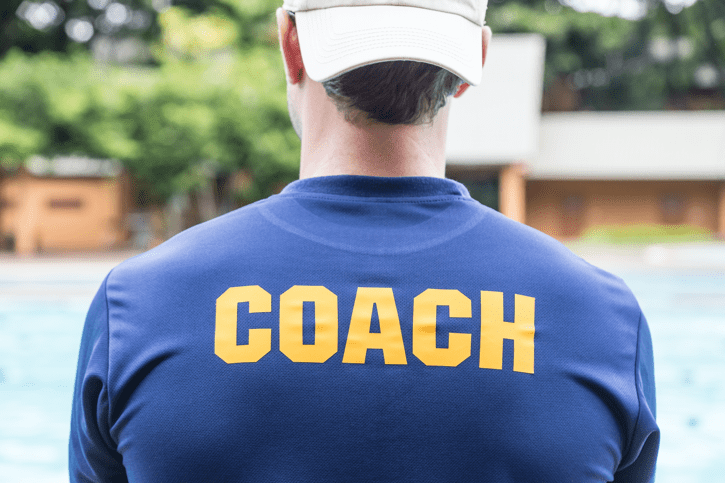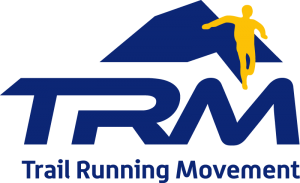
5 TIPS TO PLAN YOUR TRAIL RUNNING RACE CALENDAR
Planning a perfect trail running race calendar, which helps you to build up your shape progressively and enable you to reach the top when needed, is a real art. We have collected for you the advice of the coaches who follow many athletes and guide them in the best choices to have a season full of satisfactions.
Define your race calendar
The first step in organizing a successful competitive sports season is to plan the Trail Running Race Calendar. Today many races open early the registrations so it is important to start thinking about the future race calendar in October.
In all countries it is now possible to compete all year round, but pay the right attention to the type and number of races you will register in. Don’t get caught up in enthusiasm, but try to balance your “dreams” with the right “rationality” to enjoy the next year to the fullest.
In setting up your Race Calendar you will realize that not all competitions are compatible with your characteristics as an athlete, sports preparation or other commitments. So, take advantage of the Christmas holidays to put your hand on the calendar and share yours ideas with colleagues, friends and family to better organize all your sporting, professional and family commitments …. then sign up for the competitions.
Carefully balance races and recovery time post-competition
Remember that the perfect planning of competitions must consider an adequate progression of distances and, above all, of workloads. Pay the utmost attention to the length of recovery times, between one race and the next, because a correct balance between races and recovery phase will guarantee you a much longer and more enjoyable “competitive season” with a limited risk of injuries.
In fact, running too many races in a row not only leads to physical exhaustion but also ends up undermining the enthusiasm to participate in longer and more difficult competitions. Beware that if you exceed with the workloads you risk missing your race of the year where, instead, you have to be super charged with physical energy and willpower.
A few sacrificed races will allow you to get better performance and above all to reach your main goal: the ultra trail #1 of your sporting year.
How to do plan a perfect race calendar? The 5 tips from TRM Coaches

When defining your race alendar, follow these steps in progression:
- Identify what your strengths and weaknesses are in running. For example, consider if you are a good runner on the flat or you are strong uphill, if you have powerful muscles, if you have knee problems or fear of going downhill. This first analysis will allow you to understand what you need to improve but also, realistically, to avoid instinctively signing up for competitions that you are not ready to face. In fact, you must consider that it takes at least a couple of years to produce significant modifications of some basic sports qualities
- Analyze where you live and train most of the year to decide which races to include in the calendar. Your sessions will have to stimulate the qualities required to perform in the various competitions (technical climbs and descents, altitude, sliding sections, etc.)
- Begin to plan the calendar backwards starting from the main goal race which, for most of the athletes, is in the summer months and in particular between mid-July and August 2022.
- Assuming that your most important target race is in July or August, calculate the race distance and elevation gain of the previous race and plan it between late May and June. The distance must be approximately 70-75% of the target race but with a similar terrain and profile to be able to test the preparation achieved at that point of the season. Obviously, if you prepare races above 170K, it will be necessary to set the preparation and intermediate races differently.
- In the preceding months, in spring, favor the choice of races that allow you to test the basic speed, which you will have worked on in winter, and only after the estate of your endurance skills.
Number of races that can be run in a year
How many races can you run in the year? Much depends on the distances you run.
If you are an ultra runner, five races a year are more than enough. To trail running races you can add a 10K or a 21k to run in November or December to finalize the period dedicated to the reconstruction of the thresholds.
While athletes who run distances up to 40 kilometers or even less (20K, 30K or vertical) can increase the number of competitions but carefully evaluating the recovery conditions.
While athletes who run distances of up to 40 kilometers or less can increase the number of competitions but carefully evaluating the recovery conditions.
Would you like to know more about planning competitions and training? We have prepared a dedicated eBook “HOW TO PLAN TRAIL RUNNING SESSIONS AND RACES” HERE
Would you like to improve your performances for yourself or amaze your friends with your performances? Choose one of the 60 personalized programs for beginners or experts, and entrust yourself to a TRM Coach who will follow you, online, where and when you prefer. Choose your training program HERE
calendario gare, race calendar, running coaches, trail running, trail running advice, trail running competitions 2022, trail running programs, trail running race calendar, Trail Running races, trail running tips








